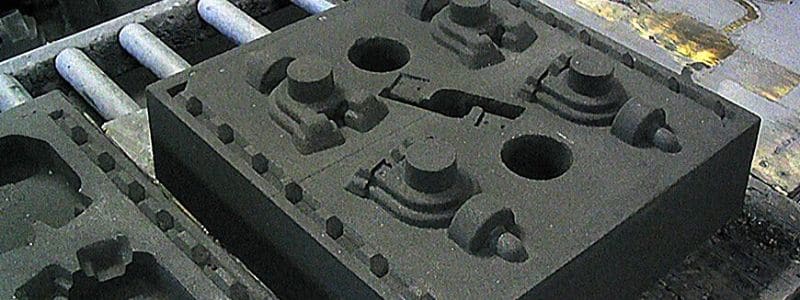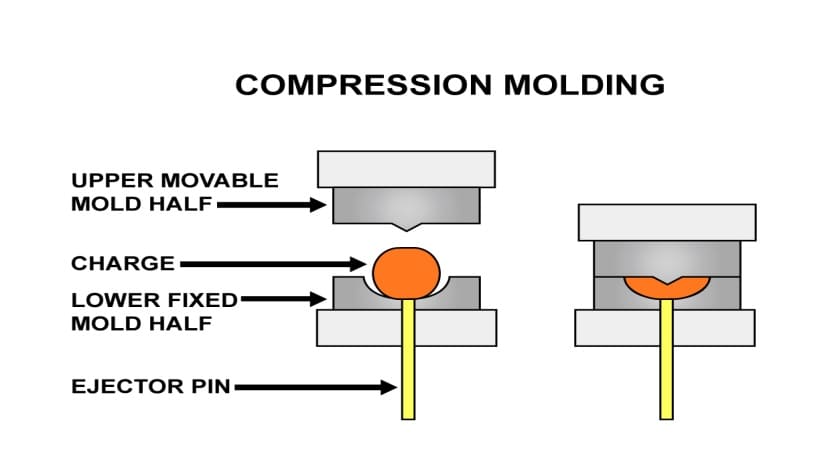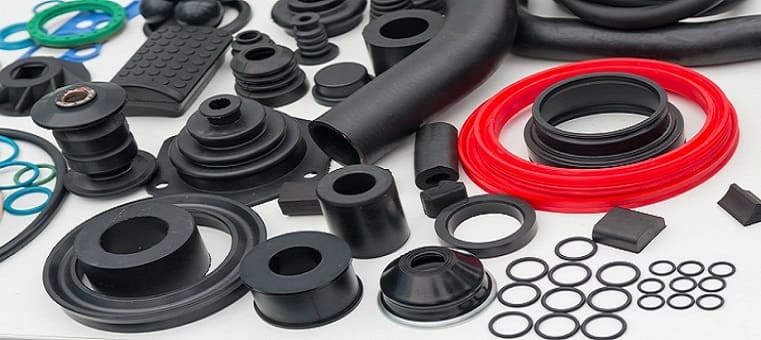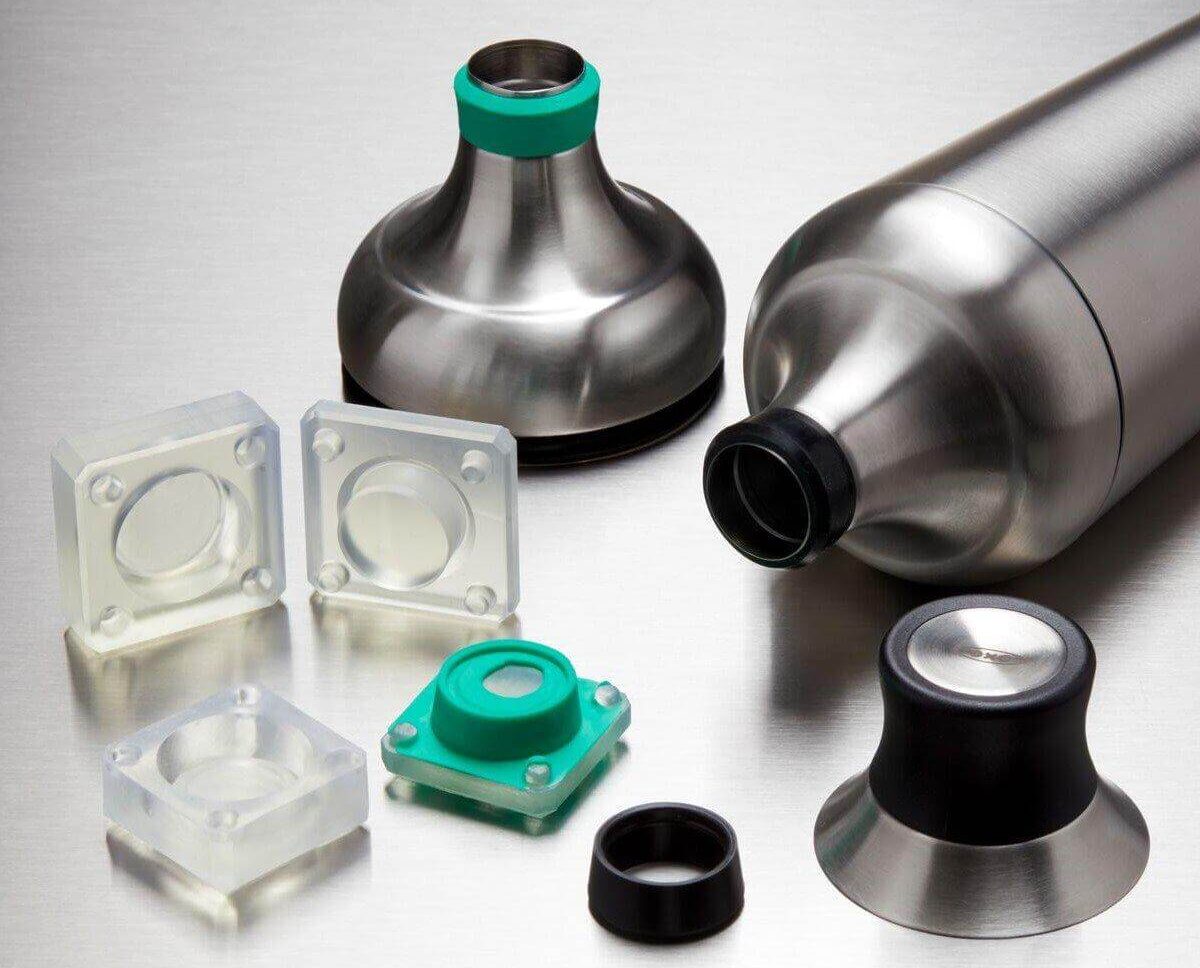Key steps in compression molding technology
Compression molding is a widely used technology in the manufacturing industry to create a variety of products. It involves using heat and pressure to shape and shape materials into the desired shape. This article will provide a step-by-step guide to compression molding technology, explaining how it works and the key steps involved.
step1
The first step in compression molding is the preparation of the mold. Molds are usually made of metal and are designed to have the desired shape and size of the final product. It is important to ensure that the mold is clean and free of any debris or contaminants that could affect the quality of the finished product.

step2
After preparing the mold, the next step is to prepare the materials for molding. The material is usually in powder or granular form and is placed into the mold cavity. The amount of material used will depend on the desired thickness and strength of the final product.
step3
After placing the material into the mold, it can be heated and pressurized. This is done using a hydraulic press, which applies pressure to the mold cavity. Heat is usually applied using heated platens, which are placed on both sides of the mold. The combination of heat and pressure causes the material to soften and flow into the shape of the mold.

step4
As the material softens, it fills the mold cavity and takes on the shape of the mold. The pressure exerted by the hydraulic press ensures that the material is evenly distributed and fills all the intricate details of the mold. This is an important step to ensure that the final product has a smooth and even surface.
step5
Once the material fills the mold cavity, it needs to cool and harden. This is usually done by removing the heated platen and allowing the mold to cool naturally. Meanwhile, the cooling process can take anywhere from a few minutes to a few hours, depending on the size and thickness of the molded product.
step6
After the material cools and hardens, open the mold and take out the finished product. Products may require additional finishing processes such as trimming or polishing to obtain the desired final appearance.

Compression molding offers several advantages over other molding technologies. It can produce complex shapes and intricate details, making it suitable for a wide range of products. It also offers excellent dimensional stability and high strength, making it ideal for applications requiring durability and reliability.
In summary, compression molding is a versatile and widely used technology in manufacturing. It involves using heat and pressure to shape and shape materials into the desired shape. By following the step-by-step guidance outlined in this article, manufacturers can achieve high-quality products with complex shapes and excellent dimensional stability. Compression molding offers numerous advantages and is the preferred choice for many industries.
